Home>Garden Essentials>When To Plant Grass Seed In Spring In Nebraska
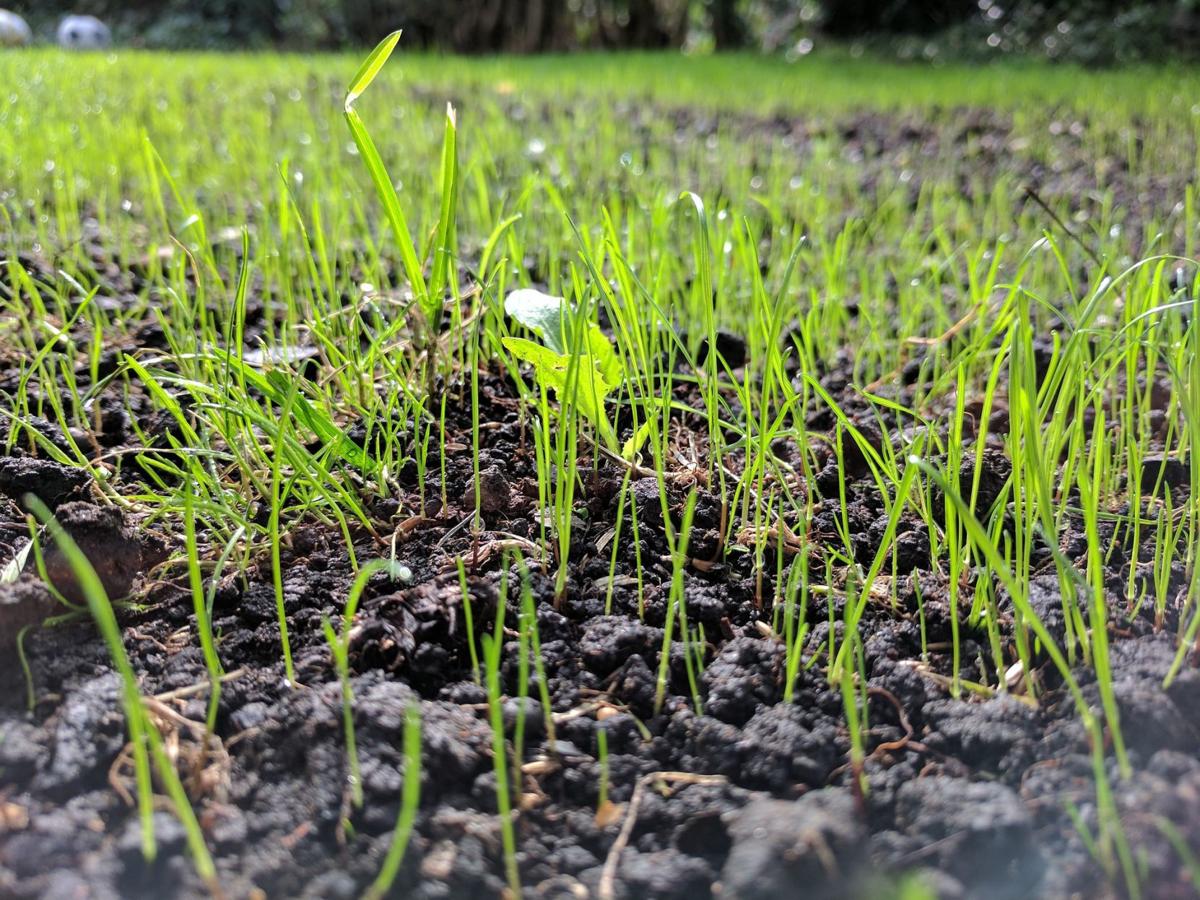

Garden Essentials
When To Plant Grass Seed In Spring In Nebraska
Modified: March 20, 2024
Find out the ideal time to plant grass seed in your Nebraska garden this spring for a lush and thriving lawn.
(Many of the links in this article redirect to a specific reviewed product. Your purchase of these products through affiliate links helps to generate commission for Storables.com, at no extra cost. Learn more)
Introduction
Are you dreaming of a lush, green lawn that can be the envy of your neighbors? If you live in Nebraska and want to plant grass seed to achieve that beautiful lawn, you’ve come to the right place.
Nebraska, known for its vast plains and agricultural heritage, is located in the heart of the United States. Its unique climate and soil conditions require careful planning and preparation before planting grass seed. By understanding the optimal time for planting and following best practices, you can ensure the success of your lawn project.
In this article, we will explore the best time to plant grass seed in spring in Nebraska, factors to consider before planting, tips for soil preparation, selecting the right grass seed, steps to plant the seed, and caring for your newly planted lawn. Let’s dive in and turn your lawn into a lush oasis.
Key Takeaways:
- Spring is the best time to plant grass seed in Nebraska for a lush lawn. Consider soil quality, grass type, and sunlight exposure before planting. Proper soil preparation and watering are crucial for successful growth.
- Avoid common mistakes like planting at the wrong time and neglecting soil preparation when planting grass seed in Nebraska. Carefully select high-quality grass seed and provide consistent care for a beautiful, envy-worthy lawn.
Read more: When To Start Seeds For Spring Planting
Understanding the Climate in Nebraska
Nebraska has a continental climate, characterized by hot summers, cold winters, and a significant temperature variation throughout the year. The state experiences a range of weather conditions, including heavy rainfalls in the spring and occasional droughts in the summer.
When considering the best time to plant grass seed, it is important to take into account the climate patterns. Spring is generally the ideal time for planting grass seed in Nebraska, as it provides the perfect combination of warmer temperatures and moisture. This allows the seed to germinate and establish a healthy root system before the extreme heat of summer or the freezing temperatures of winter.
Factors to Consider Before Planting Grass Seed
Before rushing into planting grass seed, it is essential to assess the condition of your yard and consider a few factors to ensure successful growth. Here are some key factors to keep in mind:
- Soil Quality: The quality of your soil plays a crucial role in the growth and health of your grass. Conduct a soil test to determine its pH level, nutrient content, and composition. This information will guide you in making any necessary amendments to improve the soil conditions.
- Grass Type: Nebraska’s climate is suitable for cool-season grasses such as Kentucky bluegrass, fescue, and ryegrass. Choose a grass variety that is well-suited to your specific needs, including factors such as shade tolerance, disease resistance, and maintenance requirements.
- Sunlight: Assess the amount of sunlight your lawn receives throughout the day. Different grass varieties have varying sun tolerance levels, and selecting the right grass type based on sunlight availability is crucial.
- Drainage: Ensure that your yard has proper drainage to prevent waterlogged soil, which can lead to root rot and other issues. If your yard has poor drainage, consider incorporating drainage features or installing a French drain to redirect excess water.
Optimal Time for Planting Grass Seed in Spring
Spring is the ideal time to plant grass seed in Nebraska. As the temperatures rise and the soil begins to warm up, it creates favorable conditions for seed germination and establishment. Typically, April through mid-May is the best window for planting cool-season grass seeds.
It’s important to note that Nebraska’s weather can be unpredictable, so it’s essential to monitor the local weather forecast before planting. Avoid planting during periods of heavy rainfall or when freezing temperatures are expected.
Preparing the Soil for Grass Seed Planting
Proper soil preparation is crucial for the successful growth of grass seed. Follow these steps to prepare the soil:
- Clear the area: Remove any existing vegetation, weeds, rocks, or debris from the area where you plan to plant the seed.
- Aerate the soil: Use a garden fork or mechanical aerator to loosen compacted soil and improve air circulation.
- Level the surface: Use a rake to level the surface and remove any large bumps or depressions.
- Amend the soil: Based on the results of your soil test, add necessary amendments such as compost, sand, or fertilizer to improve soil fertility and structure.
- Water the soil: Before planting, thoroughly water the soil to ensure it is moist but not saturated. This will provide a welcoming environment for the grass seed to germinate.
Key Takeaways:
- Spring is the best time to plant grass seed in Nebraska for a lush lawn. Consider soil quality, grass type, and sunlight exposure before planting. Proper soil preparation and watering are crucial for successful growth.
- Avoid common mistakes like planting at the wrong time and neglecting soil preparation when planting grass seed in Nebraska. Carefully select high-quality grass seed and provide consistent care for a beautiful, envy-worthy lawn.
Read more: When To Start Seeds For Spring Planting
Understanding the Climate in Nebraska
Nebraska has a unique climate characterized by its continental influences. It experiences hot summers, cold winters, and a significant temperature variation throughout the year. These climatic conditions have a direct impact on the growth and maintenance of grass in the state.
During the summer, Nebraska can reach temperatures as high as 90°F (32°C) or more, coupled with occasional droughts. On the other hand, winter temperatures can drop well below freezing, with an average winter low of around 10°F (-12°C) and occasional cold snaps that can drive temperatures significantly lower.
Spring and fall are transitional seasons in Nebraska, with milder temperatures that provide optimal conditions for planting and establishing grass seed. In spring, the temperature gradually rises, and the soil begins to warm up. This combination creates the perfect environment for seed germination and root development. The transition from spring to summer can bring occasional heavy rainfalls, providing additional moisture to support grass growth.
In terms of rainfall, Nebraska has an average annual precipitation of around 25-30 inches. However, rainfall patterns can vary across the state, with higher precipitation levels in the eastern region compared to the western part. This difference in rainfall distribution can influence the choice of grass seed and the irrigation needs of lawns.
When considering the climate in Nebraska, it’s essential to factor in the state’s varying weather patterns. While there are general guidelines for planting grass seed, it’s essential to monitor local weather conditions and adapt your planting schedule accordingly. Sudden temperature fluctuations or extended periods of heavy rain can affect seed germination and the overall success of your lawn.
Moreover, the climate isn’t the only factor that affects grass growth in Nebraska. The soil composition and quality also play a vital role. Nebraska’s soil is diverse and can range from heavy clay to sandy loam. Understanding the soil type in your yard is crucial for proper soil preparation and choosing the right grass seed. Conducting a soil test can provide valuable insights into the pH level and nutrient composition of your soil, helping you make informed decisions about amendments and fertilizers.
Overall, Nebraska’s climate presents both challenges and opportunities for growing a healthy and vibrant lawn. By understanding the climate’s nuances and taking appropriate measures, you can ensure that your grass seed has the best chance of thriving in the unique conditions that Nebraska offers.
Factors to Consider Before Planting Grass Seed
Before diving into the exciting task of planting grass seed, it’s important to consider a few factors that can greatly impact the success of your lawn. By addressing these factors beforehand, you can set the stage for healthy and thriving grass growth. Let’s explore some key considerations:
- Soil Quality: The quality of your soil plays a crucial role in the growth and health of your grass. Conduct a soil test to determine its pH level, nutrient content, and composition. This information will guide you in making any necessary amendments to improve the soil conditions. For instance, if your soil is too acidic, you may need to add lime to raise the pH level.
- Grass Type: Nebraska’s climate is well-suited for cool-season grasses, including Kentucky bluegrass, tall fescue, and perennial ryegrass. Take into account factors such as shade tolerance, disease resistance, and maintenance requirements when selecting the grass variety that best suits your needs.
- Sunlight Exposure: Assess the amount of sunlight your lawn receives throughout the day. Different grass varieties have varying sun tolerance levels, with some thriving in full sun while others can handle more shade. Consider the sun exposure in your yard to select the right grass type.
- Watering and Drainage: Adequate watering and good drainage are essential for the health of your lawn. Check for proper drainage in your yard to prevent waterlogging, which can lead to root rot and other issues. If needed, incorporate drainage features or consider installing a French drain.
- Existing Vegetation: Evaluate the presence of weeds, unwanted grass, or other vegetation in the area where you plan to plant the grass seed. It’s crucial to remove these unwanted plants before seeding to ensure that they don’t hinder the growth of your new grass.
- Timing: While spring is generally considered the best time to plant grass seed in Nebraska, it’s important to consider the specific conditions of each year. Monitor the weather forecast, soil temperature, and local climate patterns to determine the optimal time for seeding. Avoid planting during periods of heavy rainfall or when freezing temperatures are expected.
- Seed Quality: Choosing high-quality grass seed is essential for successful germination and establishment. Look for reputable seed suppliers and select seed varieties with good reviews and proven performance in Nebraska’s climate.
By taking these factors into account and addressing any potential challenges upfront, you can create the ideal environment for your grass seed to thrive. Proper planning and preparation will set the stage for a beautiful and healthy lawn that will be the pride of your neighborhood.
Optimal Time for Planting Grass Seed in Spring
When it comes to planting grass seed in Nebraska, timing is crucial for ensuring successful germination and establishment of your lawn. While spring is generally the best time to plant grass seed, it’s important to understand the specific optimal window for seeding in order to maximize your chances of success.
In Nebraska, the optimal time for planting grass seed in spring typically falls between April and mid-May. During this period, the weather conditions are favorable, with warmer temperatures and increased soil moisture. These conditions create an ideal environment for seed germination and root development.
Timing is critical because if you seed too early, you risk the possibility of frost damaging the young seedlings. On the other hand, if you seed too late in the spring, the young grass may struggle to establish before the summer heat sets in.
It’s important to note that Nebraska’s climate can be unpredictable, with weather variations from year to year. Therefore, monitoring local weather forecasts and soil temperatures is essential before determining the exact seeding dates.
Before planting grass seed, you should ensure that the soil temperature is consistently around 50°F (10°C) or slightly higher. This soil temperature range is optimal for seed germination. Investing in a soil thermometer can provide accurate readings and help guide your seeding schedule.
In addition to soil temperature, pay attention to the moisture level of the soil. The soil should be slightly moist but not saturated during seeding. If the soil is too dry, consider watering it a day or two before planting to ensure optimal conditions for germination.
It’s important to be mindful of the weather forecast when planning to seed your lawn. Avoid seeding during periods of heavy rainfall, as excessive moisture can lead to washout and poor seed-to-soil contact. Additionally, avoid seeding right before a long stretch of hot and dry weather, as this can make it challenging for young seedlings to establish without adequate moisture.
By timing your grass seed planting correctly, you give it the best opportunity to take root, establish a strong foundation, and grow into a healthy and vibrant lawn. Remember to monitor your lawn regularly, provide proper care, and make adjustments as needed throughout the growing season.
By following these guidelines and being mindful of the specific climate and weather patterns in Nebraska, you can maximize the success of your grass seed planting and enjoy a beautiful, lush lawn for years to come.
Read more: When To Plant Grass Seed In The Spring
Preparing the Soil for Grass Seed Planting
Proper soil preparation is crucial for the successful growth and establishment of your grass seed. By taking the time to prepare the soil before planting, you create an optimal environment for the seed to germinate, develop strong roots, and thrive. Here are the key steps to follow when preparing the soil for grass seed planting:
- Clear the Area: Before starting any soil preparation, remove any existing vegetation, such as weeds, rocks, or debris, from the area where you plan to plant the grass seed. This ensures that the seed will have direct contact with the soil and won’t face any competition for resources.
- Aerate the Soil: Soil compaction can be a common issue, especially in high-traffic areas. Use a garden fork or a mechanical aerator to loosen the soil and improve its structure. This allows for better air circulation, water penetration, and root development.
- Level the Surface: Use a rake or leveling tool to even out any uneven areas and remove large bumps or depressions. A level surface provides a uniform environment for seed germination and prevents water pooling in certain areas.
- Amend the Soil: Conduct a soil test to determine the pH level and nutrient composition of your soil. Based on the test results, you may need to amend the soil to create optimal growing conditions for the grass seed. Adding organic matter, such as compost, can improve soil fertility and structure. If your soil is too acidic, you may need to apply lime to raise the pH level. Follow the recommendations of the soil test to ensure you provide the necessary nutrients for healthy grass growth.
- Seedbed Preparation: Before planting the grass seed, it’s important to create a fine seedbed. Use a rake or a garden tiller to gently incorporate any amendments into the top few inches of the soil. This helps distribute the nutrients evenly and ensures good seed-to-soil contact for better germination.
- Water the Soil: Before seeding, water the soil thoroughly to ensure it’s moist but not overly saturated. This will provide a welcoming environment for the grass seed to germinate. If the soil is too dry, the seeds may struggle to germinate, while excessive moisture can lead to poor seedling establishment. Aim for a slightly damp, crumbly texture.
Remember, the goal of soil preparation is to create an optimal growing environment for your grass seed. By clearing the area, improving soil structure, addressing nutrient deficiencies, and ensuring proper moisture levels, you give your grass seed the best chance to establish a strong and healthy lawn.
Before proceeding with seeding, it’s important to follow any specific instructions provided by the grass seed manufacturer. Some grass varieties may require different soil preparation techniques or additional steps, so be sure to consult the seed packaging or reach out to a local garden center for guidance.
By investing time and effort in preparing the soil, you set the stage for successful grass seed planting and create the foundation for a beautiful and flourishing lawn.
The best time to plant grass seed in spring in Nebraska is between late April and early June. This allows the seed to establish before the hot summer months. Be sure to choose a grass seed variety that is well-suited to the Nebraska climate and soil conditions. Keep the newly seeded area consistently moist for the first few weeks to encourage germination and growth.
Choosing the Right Grass Seed for Nebraska
When it comes to establishing a healthy and vibrant lawn in Nebraska, selecting the right grass seed is essential. Nebraska’s climate, soil conditions, and maintenance requirements should all be taken into consideration when choosing the best grass seed for your lawn. Here are some key factors to consider:
- Cool-Season Grasses: Nebraska’s climate is well-suited for cool-season grasses, which thrive in the state’s temperate climate. Some popular cool-season grass species for Nebraska lawns include Kentucky bluegrass, tall fescue, and perennial ryegrass.
- Drought Tolerance: Nebraska can experience periods of drought during the summer months, so selecting a grass variety with good drought tolerance is important. Look for grass seed blends or varieties that are known for their ability to withstand periods of limited water availability.
- Shade Tolerance: Consider the amount of shade your lawn receives throughout the day. If you have trees or buildings that cast shadows over your lawn, choose a grass seed variety with good shade tolerance. Fine fescues, such as creeping red fescue or chewings fescue, are known for their shade tolerance and can be a suitable choice for shaded areas.
- Maintenance Requirements: Different grass species have varying maintenance requirements, including mowing height, fertilization needs, and disease resistance. Consider your desired level of lawn maintenance and opt for a grass seed variety that aligns with your preferences and available time for lawn care.
- Local Adaptation: Look for grass seed varieties that are specifically adapted to the local conditions in Nebraska. These varieties have been bred and tested to perform well in the specific climate, soil types, and pest pressures of the state.
- Seed Quality: Always choose high-quality grass seed from reputable suppliers. Look for seed that has been certified by an official seed testing agency to ensure its purity, germination rate, and freedom from undesirable weeds.
It’s also helpful to consider your specific lawn needs and preferences. For example, if you have a high-traffic area, consider grass seed blends that include varieties with excellent wear tolerance. If you prefer a lush, dense lawn, Kentucky bluegrass blends can provide a thick carpet-like appearance.
Consulting with a local horticulture expert or visiting a reputable garden center can also provide valuable guidance on selecting the right grass seed for your specific location in Nebraska. Experienced professionals can recommend seed varieties that have performed well in your area, taking into account factors such as soil type, sun exposure, and local climate variations.
Keep in mind that a well-chosen grass seed variety is just the starting point for a successful lawn. Proper soil preparation, appropriate watering, regular fertilization, and responsible lawn care practices are equally important for achieving a healthy and beautiful lawn.
By carefully choosing the right grass seed for Nebraska, you can set the foundation for a lush and resilient lawn that will thrive in the state’s climate and bring joy to your outdoor space for years to come.
Steps to Plant Grass Seed in Spring
Planting grass seed in spring is an exciting endeavor that can lead to a beautiful, lush lawn. By following a few essential steps, you can ensure the successful establishment of your grass seed. Here’s a comprehensive guide to planting grass seed in spring:
- Prepare the Soil: Start by preparing the soil to create an ideal environment for the grass seed to germinate. Clear the area of any debris, rocks, or vegetation. Loosen the soil by aerating it with a garden fork or mechanical aerator. Level the surface with a rake to ensure an even seedbed.
- Conduct a Soil Test: Before planting, consider conducting a soil test to determine the pH level and nutrient composition of your soil. This will help you determine if any amendments are needed to create an optimal growing environment for the grass seed.
- Select the Grass Seed: Choose a high-quality grass seed variety that is well-suited to Nebraska’s climate and your specific lawn needs. Consider factors such as sun exposure, drought tolerance, and maintenance requirements when selecting the grass seed.
- Calculate Seed Amount: Calculate the amount of grass seed you’ll need based on the size of your lawn. Follow the recommendations on the seed packaging for the appropriate seeding rate, typically measured in pounds per square foot.
- Spread the Seed: Use a broadcast spreader or hand spreader to evenly distribute the grass seed across the prepared soil. Start by spreading half of the seed in one direction and then spread the remaining seed in a perpendicular direction. This helps ensure even coverage.
- Rake and Incorporate: Lightly rake the seeded area to gently incorporate the seeds into the top layer of soil. This improves seed-to-soil contact and increases germination rates.
- Water Thoroughly: Immediately after seeding, water the area thoroughly to ensure the soil is moist. Use a gentle spray or mist setting to avoid washing away the seeds. Keep the soil consistently moist but not saturated during the germination period.
- Provide Daily Watering: Water the newly seeded area daily or as needed to keep the soil moist until the grass seed germinates. This typically takes around 7-21 days, depending on the grass species and environmental conditions.
- Mow Carefully: Once the grass reaches a height of about 3-4 inches, it’s time for the first mowing. Set the mower blade to its highest setting and mow off no more than one-third of the grass height. This encourages root development and helps establish a healthy lawn.
- Implement a Regular Care Routine: After the grass has established, continue with regular lawn care practices such as watering, fertilizing, and mowing, following the recommended guidelines for your specific grass species.
Throughout the entire process, it’s important to monitor the newly seeded area regularly. Be patient, as grass seed germination can take time, and growth rates may vary depending on the seed variety and environmental conditions.
Remember to adjust watering and maintenance strategies as the grass establishes and matures. With proper care, you can enjoy a thriving, lush lawn that becomes the envy of your neighborhood.
By following these steps and providing the necessary care, you can lay the groundwork for a successful grass seed planting in the spring, resulting in a beautiful and healthy lawn that you can enjoy for years to come.
Caring for Newly Planted Grass Seed
After planting grass seed, it is crucial to provide proper care to ensure successful germination and establishment of your new lawn. By implementing the following guidelines, you can nurture your newly seeded grass and help it thrive:
- Watering: Water the newly planted grass seed consistently to keep the soil moist. The top inch of soil should remain damp, but avoid overwatering, as it can lead to waterlogging and hinder seedling growth. Watering once or twice daily, depending on the temperature and soil conditions, is generally recommended.
- Mowing: Wait until the grass reaches a height of about 3-4 inches before mowing for the first time. Set your mower blade to its highest setting and remove no more than one-third of the grass height. Regular mowing at the appropriate height helps the grass develop a strong root system and promotes even growth.
- Fertilization: Avoid fertilizing newly planted grass seed until after the first mowing. Applying fertilizer too early can burn the delicate seedlings. Once the grass has been mowed a few times, follow a fertilization schedule recommended for your specific grass type and the needs of your soil.
- Weed Control: Newly planted grass seed can be vulnerable to weed competition. Hand-pull any visible weeds to prevent them from choking out the grass. Avoid using herbicides until the new grass has established a sufficient root system, as they can also harm the young seedlings.
- Over-Seeding Bare Spots: If you notice any bare or thin areas in your newly seeded lawn, consider overseeding those spots. Wait until the new grass has grown and been mowed a few times, and then apply grass seed to fill in the bare areas. Rake gently to ensure good seed-to-soil contact.
- Regular Maintenance: Once your new grass has established and is growing strong, continue with regular lawn maintenance practices. This includes regular watering in accordance with the needs of your specific grass type, timely mowing, and appropriate fertilization based on soil testing and grass requirements.
- Pest and Disease Prevention: Keep an eye out for signs of pest or disease damage in your newly planted grass. Early detection is key to preventing extensive damage. Proper care, including proper watering and fertilization, can help build strong, resistant grass that is less likely to fall victim to pests and diseases.
- Patience: Growing a lush and healthy lawn from grass seed takes time and patience. Do not expect instant results. With consistent care and attention, your newly planted grass will gradually develop into a thriving and beautiful lawn, so be patient and enjoy the process.
Remember that each grass variety has its own specific care requirements, so it’s important to consult with your local extension office or a lawn care professional for specific recommendations tailored to your region and grass type.
By providing the right care and attention to your newly planted grass seed, you can establish a strong foundation for a beautiful, healthy lawn that will be the pride of your outdoor space.
Read more: When To Plant Spring Grass Seed
Common Mistakes to Avoid when Planting Grass Seed in Nebraska
Planting grass seed in Nebraska can be an exciting endeavor, but it’s important to avoid certain common mistakes that can hinder the success of your lawn. By being aware of these mistakes and taking the necessary precautions, you can ensure optimal seed germination and establishment. Here are some common mistakes to avoid when planting grass seed in Nebraska:
- Planting at the Wrong Time: Timing is crucial when it comes to planting grass seed. Avoid planting too early in the spring when the soil is still too cold, as this can result in poor seed germination. Additionally, avoid planting too late in the spring when the hot summer weather arrives, as the young seedlings may struggle to establish before the intense heat.
- Insufficient Soil Preparation: One of the biggest mistakes is neglecting proper soil preparation. Failure to clear the area of debris, rocks, and existing vegetation can impede seed-to-soil contact and hinder germination. Skipping soil testing and amendments can also result in nutrient deficiencies or pH imbalances that inhibit optimal grass growth.
- Over- or Underwatering: Watering is a critical aspect of successful seed germination. Overwatering can lead to the development of fungal diseases and shallow root growth, while underwatering can hinder seed germination and lead to poor establishment. Strike a balance by watering consistently and monitoring soil moisture levels.
- Improper Seeding Rate: Using an incorrect seeding rate can result in an uneven and thin lawn or lead to overcrowding. Follow the recommended seeding rates for your specific grass seed variety to ensure proper coverage and avoid wasting seed.
- Mowing Too Early or Too Low: Avoid the temptation to mow your newly seeded lawn too early. Mowing too soon can uproot the delicate seedlings and hinder their establishment. Once the grass reaches a height of around 3-4 inches, set your mower blade to the highest setting and remove no more than one-third of the grass height with each mowing.
- Ignoring Weed Control: Weeds can quickly take over a newly seeded lawn and compete for resources, sunlight, and water. Prioritize weed control by hand-pulling visible weeds and avoiding the use of herbicides until the new grass is well-established. Once the grass has developed a strong root system, consider using selective herbicides for weed control.
- Using Poor-Quality Grass Seed: The quality of the grass seed you choose plays a significant role in the success of your lawn. Using poor-quality seed can result in uneven germination, weak growth, and susceptibility to diseases and pests. Invest in high-quality grass seed from reputable suppliers to give your lawn the best chance of thriving.
- Not Following Proper Maintenance: Proper maintenance is crucial for the long-term health and beauty of your lawn. Neglecting regular watering, fertilization, and mowing can result in a weak and unsightly lawn. Follow a proper lawn care routine, including appropriate watering, fertilization, and regular mowing, to ensure the continued health and vigor of your grass.
By being mindful of these common mistakes and taking appropriate precautions, you can avoid potential pitfalls and lay the foundation for a beautiful and thriving lawn in Nebraska. Remember to seek advice from local experts or lawn care professionals for specific recommendations tailored to your region and grass type.
With careful planning, proper soil preparation, diligent maintenance, and a little patience, your newly planted grass seed will grow into a vibrant and lush lawn that you can enjoy for years to come.
Conclusion
Planting grass seed in Nebraska can transform your outdoor space into a lush, vibrant, and envy-worthy lawn. By understanding the unique climate, considering important factors, and following the proper steps, you can successfully establish a healthy and resilient grassy oasis. This comprehensive guide has provided valuable insights into when to plant grass seed, soil preparation, grass seed selection, planting techniques, and caring for your newly planted lawn.
Nebraska’s climate and soil conditions require careful planning and timing. Spring is generally the optimal time to plant grass seed, as it provides the right combination of warmer temperatures and moisture for seed germination. Before planting, assess the soil quality, consider grass type, evaluate sun exposure and drainage, and address any potential issues that may hinder the growth of your lawn.
Preparing the soil properly is a crucial step that should not be overlooked. Clearing the area, aerating the soil, leveling the surface, and amending the soil based on a soil test will create an ideal environment for grass seed germination. Choosing the right grass seed for Nebraska is also important, considering factors such as cool-season grasses, drought tolerance, and shade tolerance.
When it’s time to plant the grass seed, follow the recommended steps, including spreading the seed evenly, raking to incorporate, and providing thorough watering. Caring for newly planted grass seed involves regular watering, proper mowing techniques, fertilization, weed control, and other essential maintenance practices.
To ensure the best results with your grass seed planting, be sure to avoid common mistakes such as planting at the wrong time, neglecting soil preparation, over- or underwatering, using poor-quality grass seed, and not following proper maintenance practices. By being aware of these potential pitfalls, you can maximize the chance of success and enjoy a thriving and visually appealing lawn.
Growing a beautiful lawn from grass seed requires a commitment to proper care and ongoing maintenance. However, the rewards are worth it. Your lawn will become a space for relaxation, outdoor activities, and enhancing the overall aesthetic appeal of your home.
Remember, every lawn is unique, and it’s important to tailor your approach to the specific needs of your yard, the grass varieties you choose, and the local climate conditions. Seeking advice from local experts or lawn care professionals can provide valuable insights and guidance for your specific region.
With patience, dedication, and a little green thumb, you can transform your Nebraska landscape into a stunning green carpet that will be the envy of the neighborhood. So roll up your sleeves, pick the perfect grass seed, and get ready to enjoy the rewards of your own beautiful, thriving lawn.
Frequently Asked Questions about When To Plant Grass Seed In Spring In Nebraska
Was this page helpful?
At Storables.com, we guarantee accurate and reliable information. Our content, validated by Expert Board Contributors, is crafted following stringent Editorial Policies. We're committed to providing you with well-researched, expert-backed insights for all your informational needs.
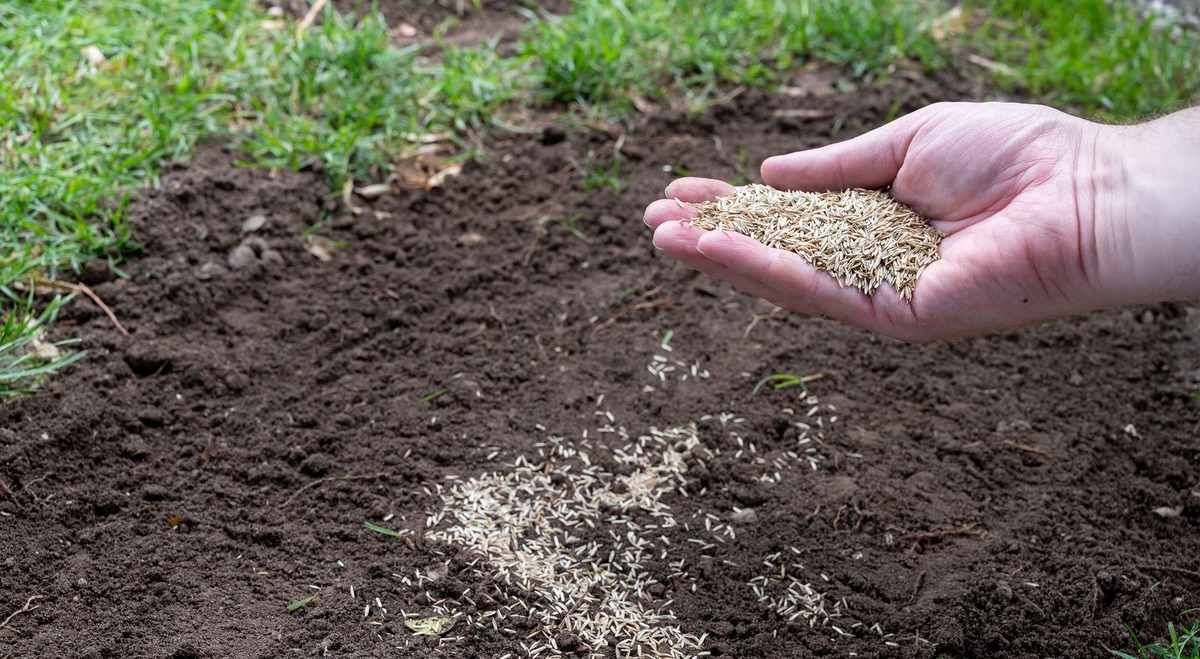

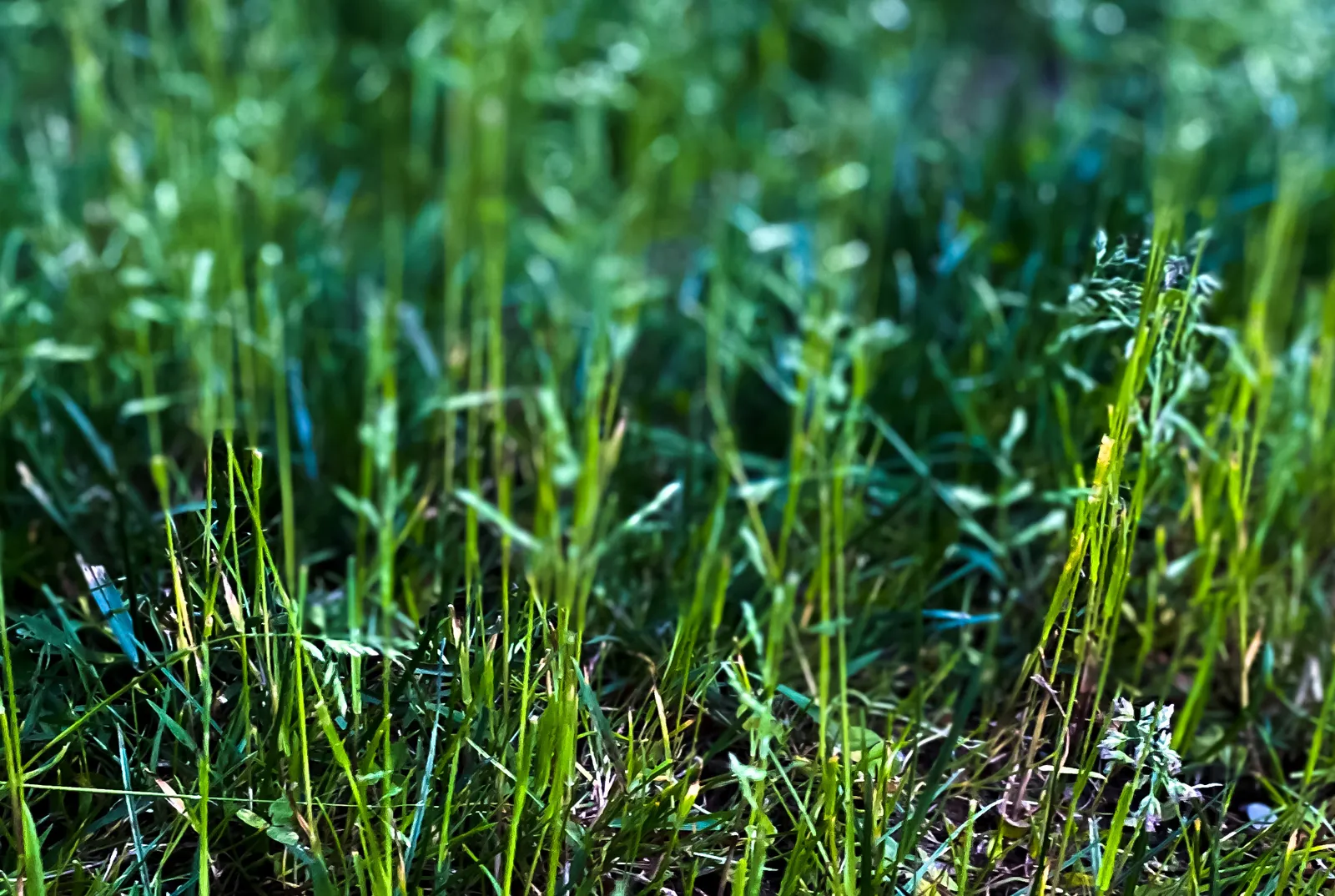
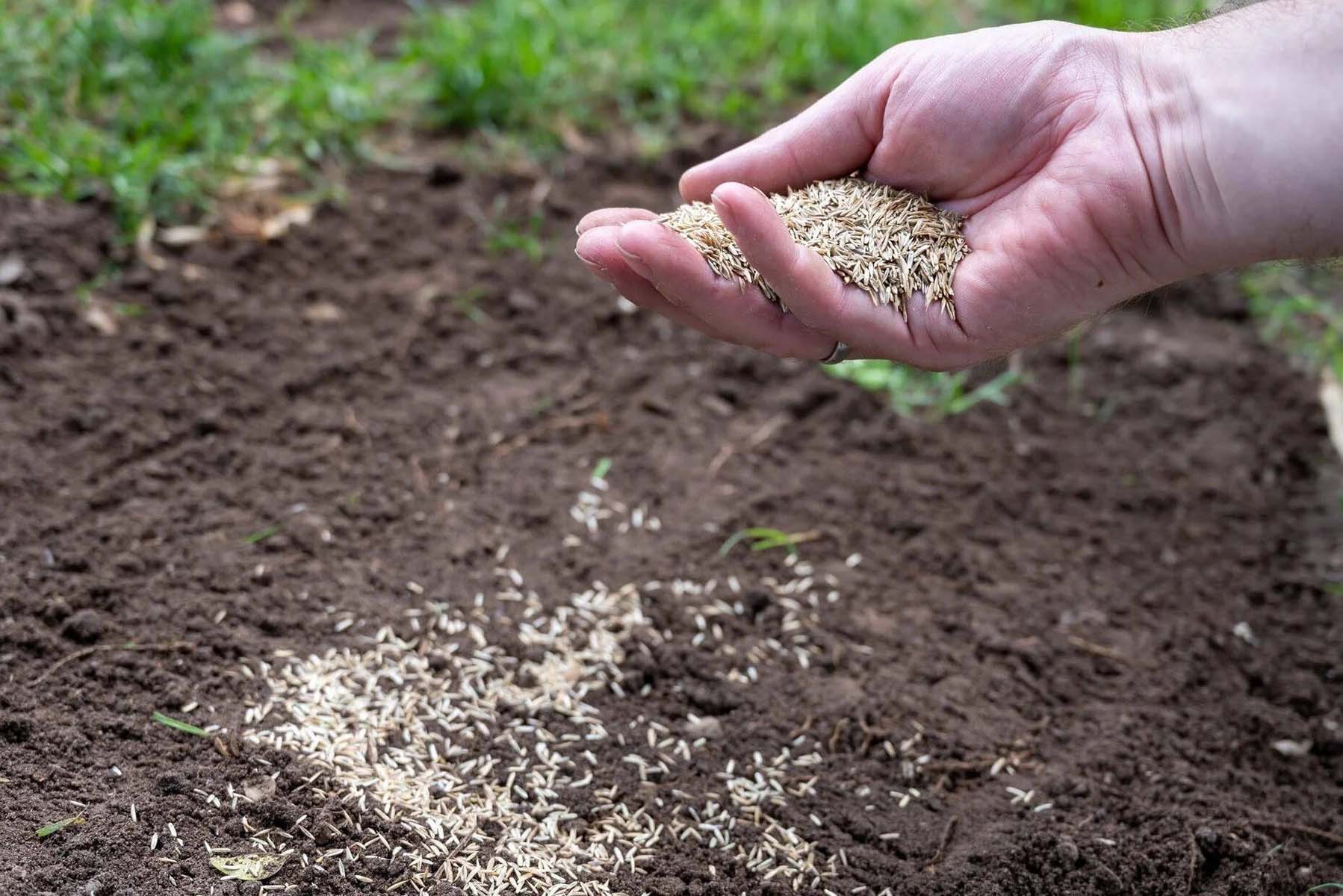
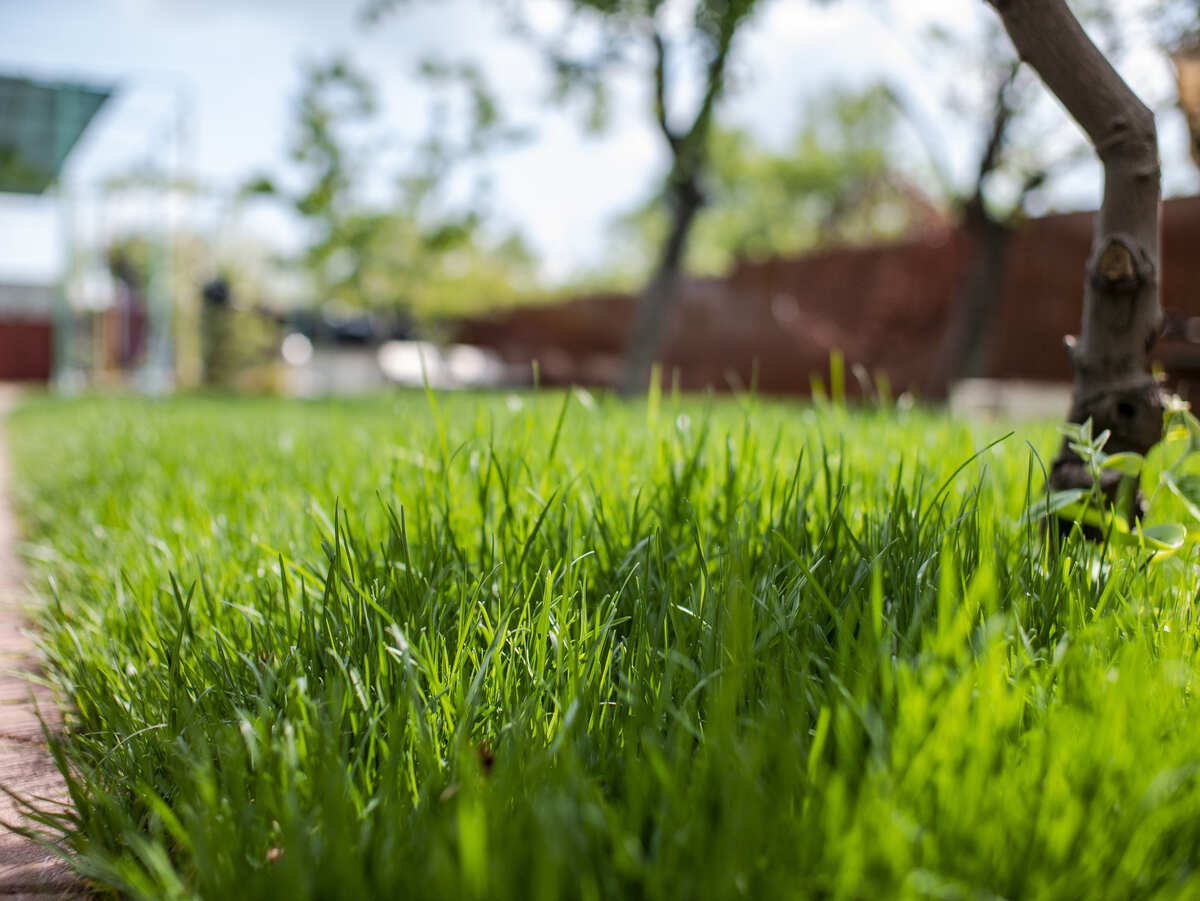
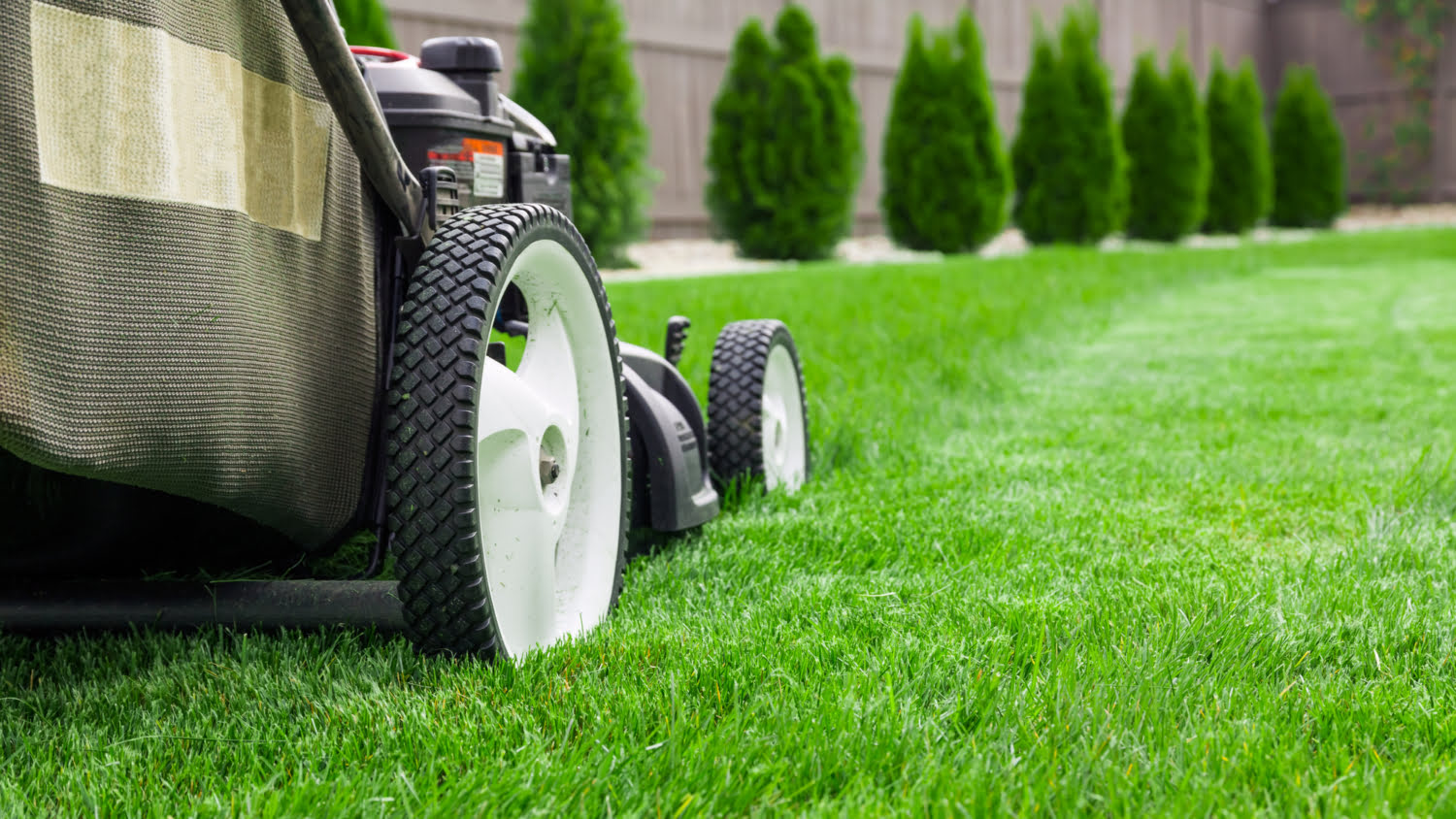
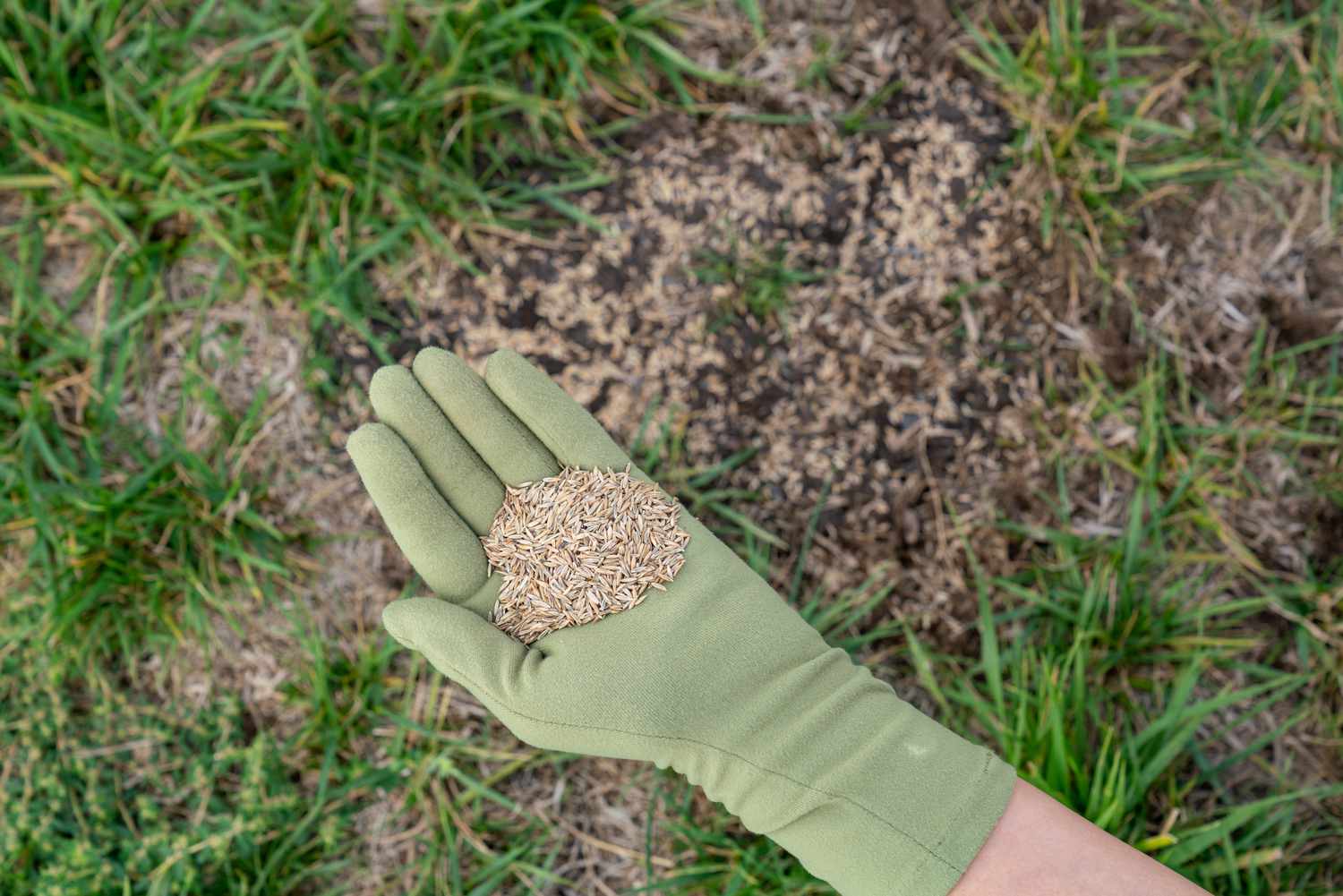
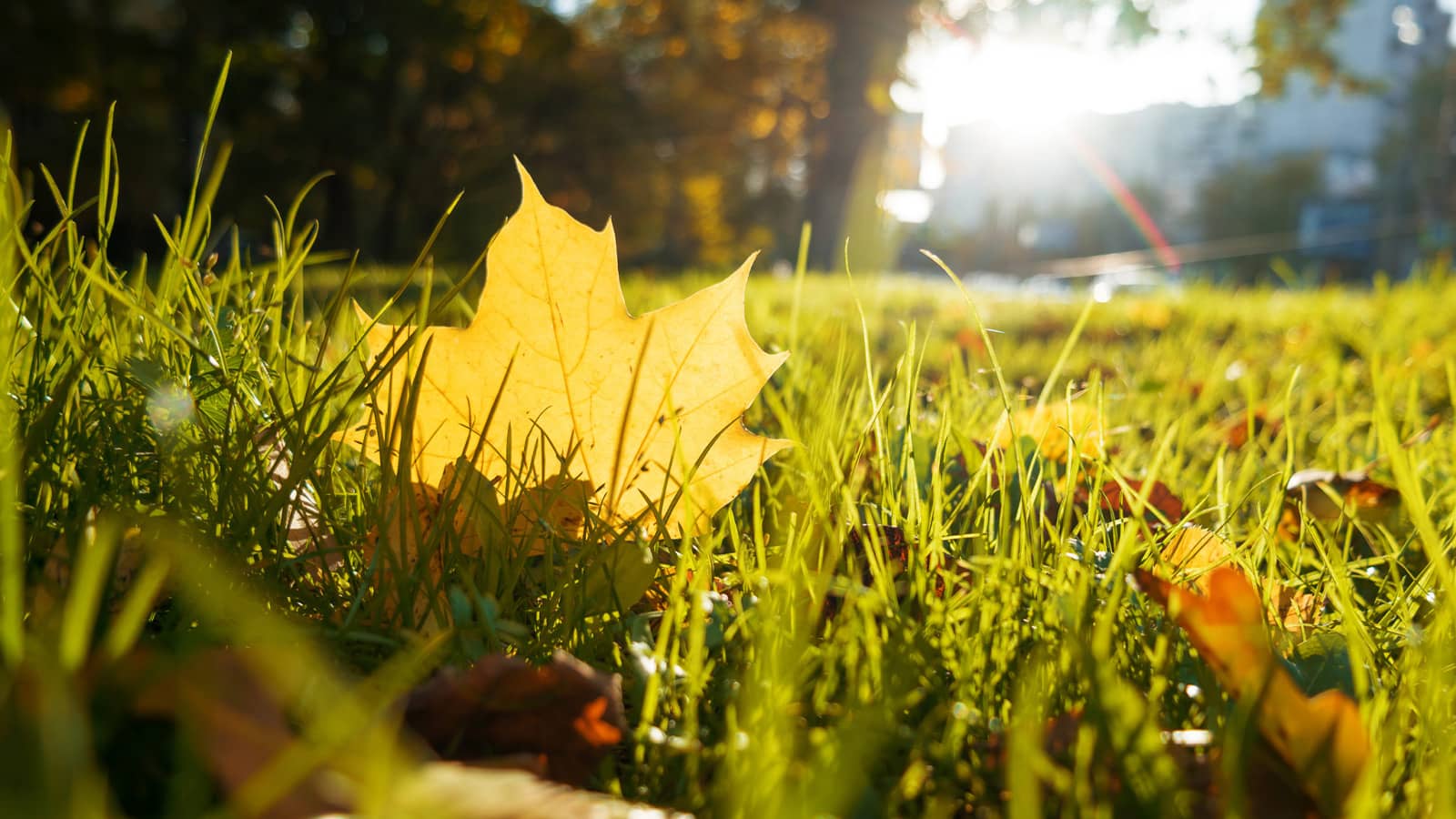
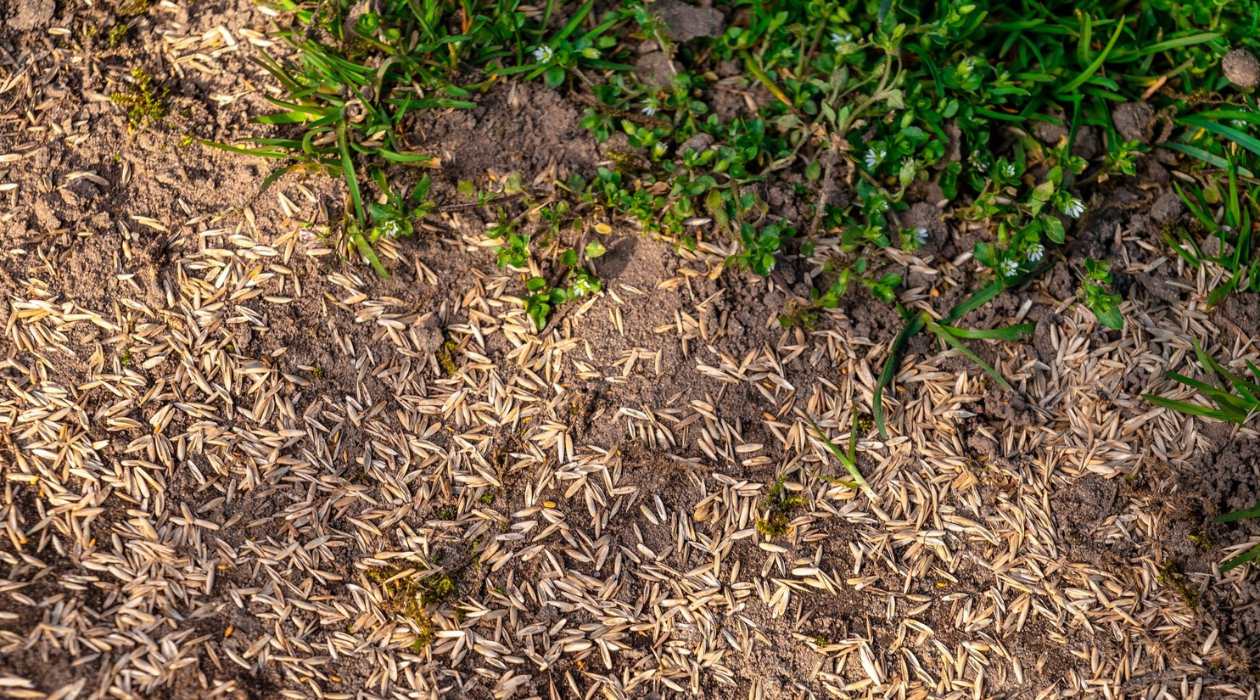
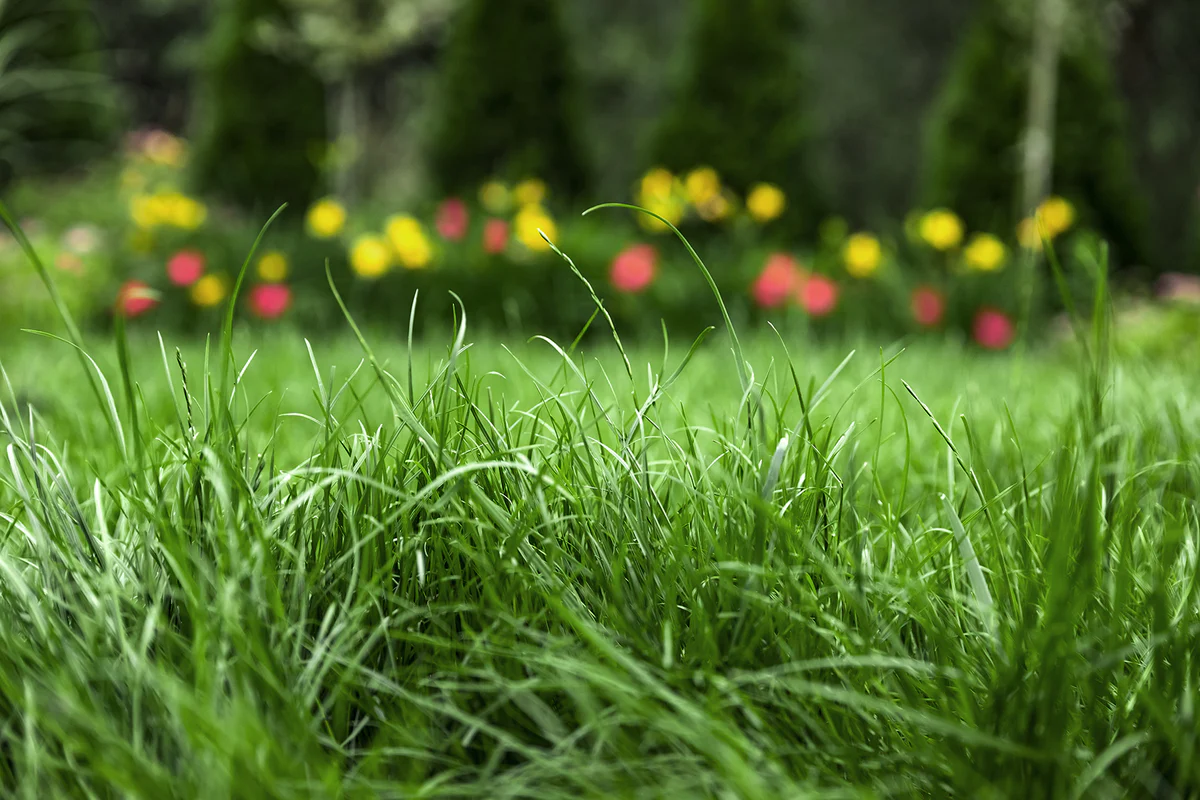
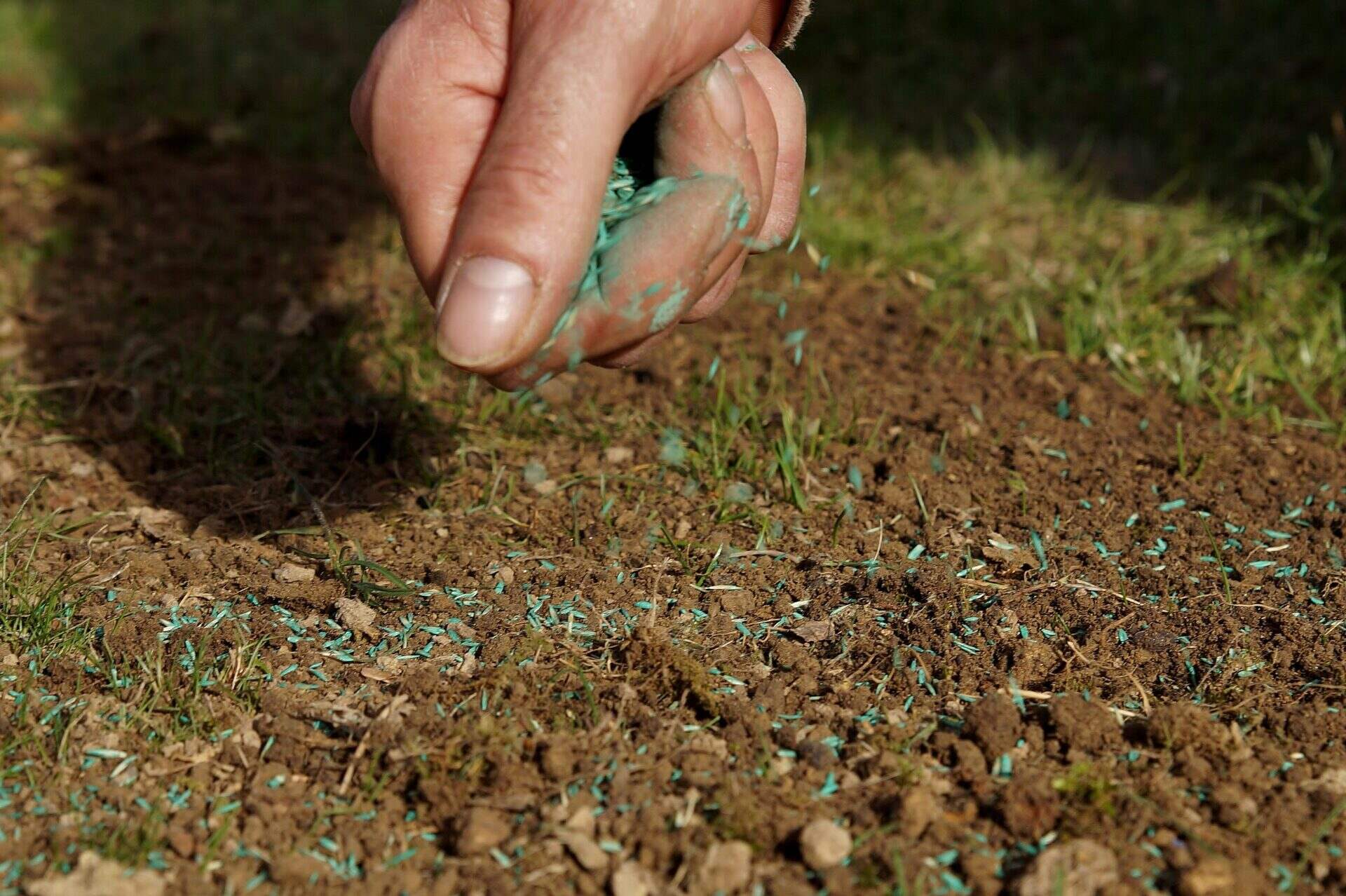

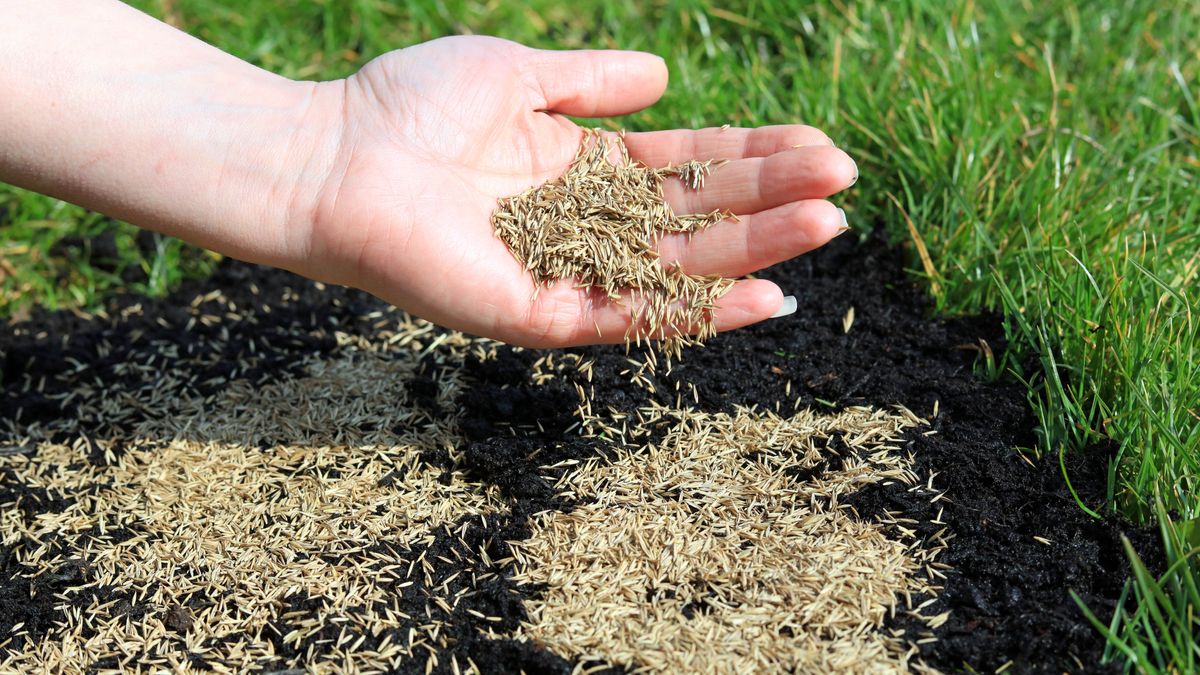

0 thoughts on “When To Plant Grass Seed In Spring In Nebraska”